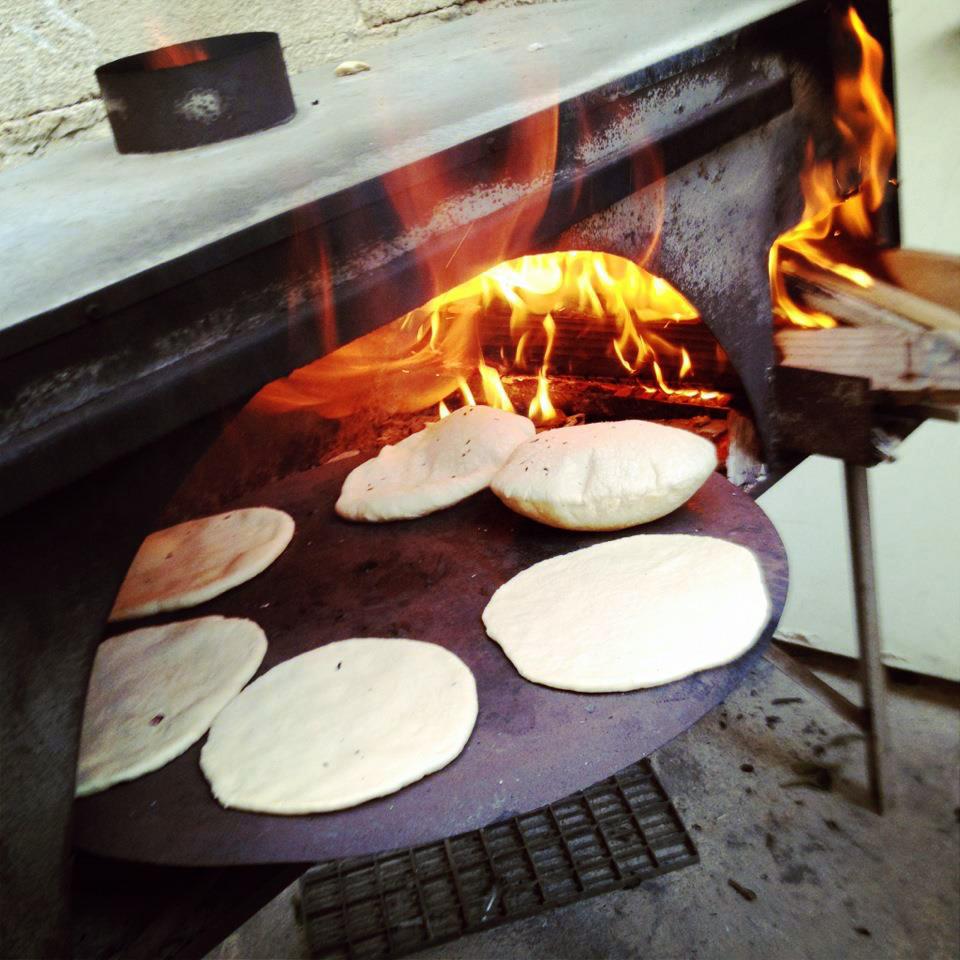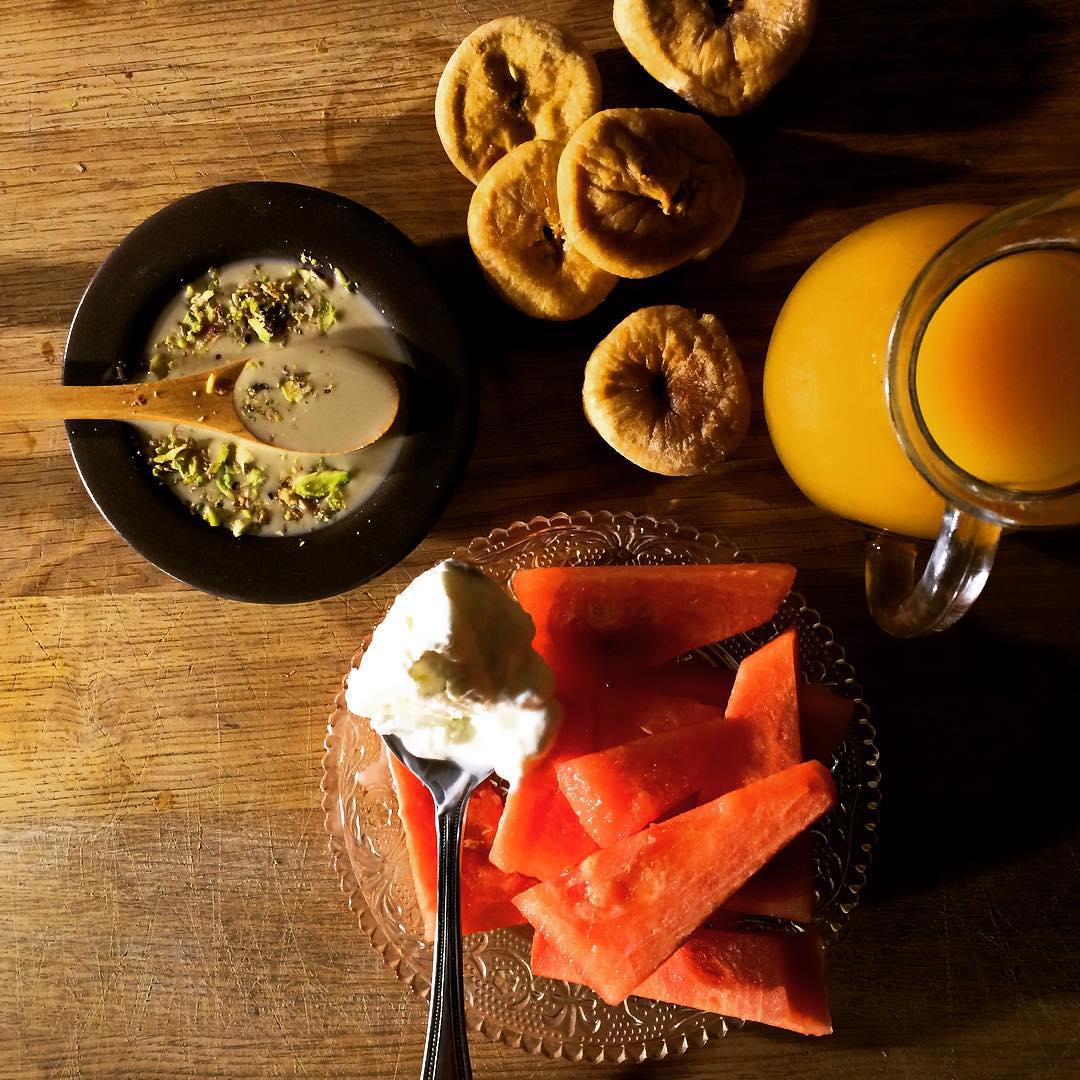|
Ramadan Pita
''Ramazan pidesi'' (Turkish language, Turkish for Ramadan pita) is a traditional soft leavened Turkey, Turkish bread. Round and rather flat in form, and having a weave-like patterned crust, ''Ramazan pidesi'' is made of wheat flour with Baker's yeast, yeast, and topped with sesame and ''Nigella sativa'' seeds. It is traditionally served for the iftar and Suhur, sahur meals during the holy month of Ramadan. See also * Matnakash from Armenia * Naan * Pita * Barbari bread from Iran * Tonis Puri * Lagana (bread), Lagana References Turkish cuisine Breads Bosnia and Herzegovina cuisine {{bread-stub ... [...More Info...] [...Related Items...] OR: [Wikipedia] [Google] [Baidu] |
Turkey
Turkey, officially the Republic of Türkiye, is a country mainly located in Anatolia in West Asia, with a relatively small part called East Thrace in Southeast Europe. It borders the Black Sea to the north; Georgia (country), Georgia, Armenia, Azerbaijan, and Iran to the east; Iraq, Syria, and the Mediterranean Sea to the south; and the Aegean Sea, Greece, and Bulgaria to the west. Turkey is home to over 85 million people; most are ethnic Turkish people, Turks, while ethnic Kurds in Turkey, Kurds are the Minorities in Turkey, largest ethnic minority. Officially Secularism in Turkey, a secular state, Turkey has Islam in Turkey, a Muslim-majority population. Ankara is Turkey's capital and second-largest city. Istanbul is its largest city and economic center. Other major cities include İzmir, Bursa, and Antalya. First inhabited by modern humans during the Late Paleolithic, present-day Turkey was home to List of ancient peoples of Anatolia, various ancient peoples. The Hattians ... [...More Info...] [...Related Items...] OR: [Wikipedia] [Google] [Baidu] |
Ramadan
Ramadan is the ninth month of the Islamic calendar. It is observed by Muslims worldwide as a month of fasting (''Fasting in Islam, sawm''), communal prayer (salah), reflection, and community. It is also the month in which the Quran is believed to have been revealed to the Prophets of Islam, Islamic prophet Muhammad. The annual observance of Ramadan is regarded as one of the five pillars of Islam and lasts twenty-nine to thirty days, from one sighting of the Hilal (crescent moon), crescent moon to the next. Fasting from dawn to sunset is obligatory (''fard'') for all adult Muslims who are not acute illness, acutely or chronic illness, chronically ill, travelling, old age, elderly, breastfeeding, Pregnancy, pregnant, or Menstruation in Islam, menstruating. The predawn meal is referred to as ''suhur'', and the nightly feast that breaks the fast is called ''iftar''. Although rulings (''fatawa'') have been issued declaring that Muslims who live in regions with a midnight sun or pola ... [...More Info...] [...Related Items...] OR: [Wikipedia] [Google] [Baidu] |
Turkish Cuisine
Turkish cuisine () is largely the heritage of Ottoman cuisine, Ottoman cuisine (Osmanlı mutfağı), European influences, Seljuk Empire, Seljuk cuisine and the Turkish diaspora. Turkish cuisine with traditional Turkic peoples, Turkic elements such as yogurt, ayran, kaymak, gains influences from Mediterranean cuisine, Mediterranean, Balkan cuisine, Balkan, Middle Eastern cuisine, Middle Eastern, Central Asian cuisine, Central Asian and Eastern European cuisine, Eastern European cuisines. Turkish cuisine shows variation across Turkey. The cooking of Istanbul, Bursa, İzmir, and the rest of the Anatolia region inherits many elements of Ottoman court cuisine, including moderate use of spices, a preference for rice over bulgur, koftes, and a wider availability of vegetable stews (''türlü''), eggplant, stuffed dolmas and fish. The cuisine of the Black Sea Region uses fish extensively, especially the European anchovy, Black Sea anchovy (''hamsi'') and includes maize dishes. The cuisi ... [...More Info...] [...Related Items...] OR: [Wikipedia] [Google] [Baidu] |
Lagana (bread)
Lagana (, from ) is a Greek flatbread traditionally baked for Clean Monday, the first day of the Great Lent. Traditionally, it was prepared unleavened (without the yeast), but leavened lagana is nowadays more common. It is typically flat, oval-shaped, with surface decorated by impressing fingertips. Sesame seeds are a common topping, and it may also be topped with other herbs, and seasoned with olive oil. The name comes from a Greco-Roman pastry dough '' lagana'', which is also the origin of the word ''lasagna'', also known as ''tracta'', from . See also * Focaccia Focaccia is a Flatbread, flat leavening agent, leavened oven-baked Italian cuisine, Italian bread. In Rome, it is similar to a type of flatbread called (). Focaccia may be served as a side dish or as sandwich bread and it may be round, rectang ..., a similar bread from Italian cuisine Notes Greek cuisine Flatbreads Eastern Orthodox Christian cuisine {{Greece-cuisine-stub ... [...More Info...] [...Related Items...] OR: [Wikipedia] [Google] [Baidu] |
Barbari Bread
Barbari bread () is a type of Iranian yeast leavened flatbread. It is one of the thickest flat breads and is commonly topped with sesame or black caraway seeds. A notable characteristic of the bread is its top skin that is similar to pretzels or lye roll's skin due to the Maillard reaction that occurs during baking. Before baking it is glazed with a mixture of baking soda, flour and water. It is widely known as Persian flatbread in United States and Canada. Etymology ''Barbari'' bread traces back to the Qajar era. It apparently takes its name from a community of people called ''Barbars'' which was settled around Teheran during the 19th century. During the Qajar dynasty, numerous Hazaras immigrated to Khorasan province. The Hazaras of Khorasan province were known by the name Barbar until the Pahlavi period. While the term "Barbari" for this tribe was replaced by "Khavari" by royal edict of Mohammad Reza Pahlavi, the bread itself kept its title and is now commonly known a ... [...More Info...] [...Related Items...] OR: [Wikipedia] [Google] [Baidu] |
Pita
Pita ( or ; ) or pitta (British English), also known as Arabic bread (, ), as Lebanese bread and as kmaj (from the Persian ''kumaj''), is a family of yeast- leavened round flatbreads baked from wheat flour, common in the Mediterranean, Levant, and neighboring areas. It includes the widely known version with an interior pocket. In the United Kingdom, the term is used for pocket versions such as the Greek pita, used for barbecue Barbecue or barbeque (often shortened to BBQ worldwide; barbie or barby in Australia and New Zealand) is a term used with significant regional and national variations to describe various cooking methods that employ live fire and smoke to coo ...s as a souvlaki wrap. The Western world, Western name ''pita'' may sometimes be used to refer to various other types of flatbreads that have different names in their local languages, such as numerous styles of Arab ''khubz'' (). Etymology The first mention of the word in English cited in the Oxford English ... [...More Info...] [...Related Items...] OR: [Wikipedia] [Google] [Baidu] |
Naan
Naan () is a leavened, oven-baked or tawa-fried flatbread, that can also be baked in a tandoor. It is characterized by a light and fluffy texture and golden-brown spots from the baking process. Naan is found in the cuisines of Central Asia, South Asia, Southeast Asia, and the Caribbean. Composed of white or wheat flour and combined with a leavening agent, typically yeast, naan dough develops air pockets that contribute to its fluffy and soft texture. Additional ingredients for crafting naan include warm water, salt, ghee and yogurt, with optional additions like milk, egg, or honey. Baking powder or baking soda can be used instead of yeast to reduce the preparation time for the bread. In the baking process using a tandoor, naan dough is rolled into balls, flattened and pressed against the inner walls, which can reach temperatures up to 480 °C (900 °F). This method allows the bread to be baked within minutes, achieving a spotty browning due to intense heat. Naan ... [...More Info...] [...Related Items...] OR: [Wikipedia] [Google] [Baidu] |
Matnakash
Matnakash () is a leavened traditional Armenian bread. The word ''matnakash'' means "finger draw" or "finger pull", referring to the way the bread is prepared. It is made of wheat flour with yeast or sourdough starter. It is shaped into oval or round loaves with longitudinal or criss-crossed scoring. The characteristic golden or golden-brown color of its crust is achieved by coating the surface of the loaves with sweetened tea essence before baking. Matnakash is also popular in places with large Armenian populations as a result of the Armenian diaspora. History Matnakash was honored in Soviet times. In the 1930s, food specialists in Soviet Armenia wanted to mark the new communist country with a more modern-looking bread. The matnakash became mass-produced urban bread. Even the bakers' patterns on the bread were re-interpreted to fit the Soviet agenda. It resembled a plowed field with rows and furrows. The bread's rim was interpreted as an agricultural field and its imprinted li ... [...More Info...] [...Related Items...] OR: [Wikipedia] [Google] [Baidu] |
Suhur
''Suhur'', ''sahur'' or ''sahoor'' (; ), also called ''sahari'', ''sahri'', or ''sehri'' (), is the meal consumed early in the morning by Muslims before fasting ( sawm), before dawn during or outside the Islamic month of Ramadan. The meal is eaten before Fajr prayer. Suhur corresponds to iftar, the evening meal during Ramadan, replacing the traditional three meals a day (breakfast, lunch, and dinner), although in some places dinner is also consumed after iftar later during the night. Being the last meal eaten by Muslims before fasting from dawn to sunset during the month of Ramadan, suhur is regarded by Islamic traditions as a benefit of the blessings in that it allows the person fasting to avoid the crankiness or the weakness caused by the fast. According to a hadith in '' Sahih al-Bukhari'', Anas ibn Malik The Prophet Musahharati The musahharati (; also anglicized as musaharati), also called "Ramadan drummer" in English, is a public waker for suhur and dawn prayer during ... [...More Info...] [...Related Items...] OR: [Wikipedia] [Google] [Baidu] |
Bread
Bread is a baked food product made from water, flour, and often yeast. It is a staple food across the world, particularly in Europe and the Middle East. Throughout recorded history and around the world, it has been an important part of many cultures' diets. It is one of the oldest human-made foods, having been of significance since the dawn of Agriculture#History, agriculture, and plays an essential role in both religious rituals and secular culture. Bread may be Leavening agent, leavened by naturally occurring microbes (e.g. sourdough), chemicals (e.g. baking soda), industrially produced Baker's yeast, yeast, or high-pressure aeration, which creates the gas bubbles that fluff up bread. Bread may also be Unleavened bread, unleavened. In many countries, mass-produced bread often contains Food additive, additives to improve flavor, texture, color, shelf life, nutrition, and ease of production. Etymology The Old English language, Old English word for bread was ( in Gothic langua ... [...More Info...] [...Related Items...] OR: [Wikipedia] [Google] [Baidu] |
Iftar
''Iftar'' () is the Fasting in Islam, fast-breaking Supper, evening meal of Muslims in Ramadan at the time of ' (call to prayer) of the Maghrib prayer. Iftar is the second meal of the day; during Ramadan, the daily fast begins immediately after the pre-dawn meal of and continues during the daylight hours, ending at sunset with the evening meal of iftar. In 2023, UNESCO added iftar to its list of Intangible Cultural Heritage. History The history of iftar is confirmedly deep-rooted in Islamic tradition. It traces its roots to the life of Islamic Prophet Muhammad in the 7th century, when he broke his fast with food and water, establishing a tradition widely emulated by Muslims around the world. The communal aspect of iftar where meals are shared among people help ensure solidarity and community ties. Iftar has evolved into a rich socio-cultural tradition, this was especially evident during the Islamic Golden Age when affluent individuals would host lavish meals to encourag ... [...More Info...] [...Related Items...] OR: [Wikipedia] [Google] [Baidu] |





